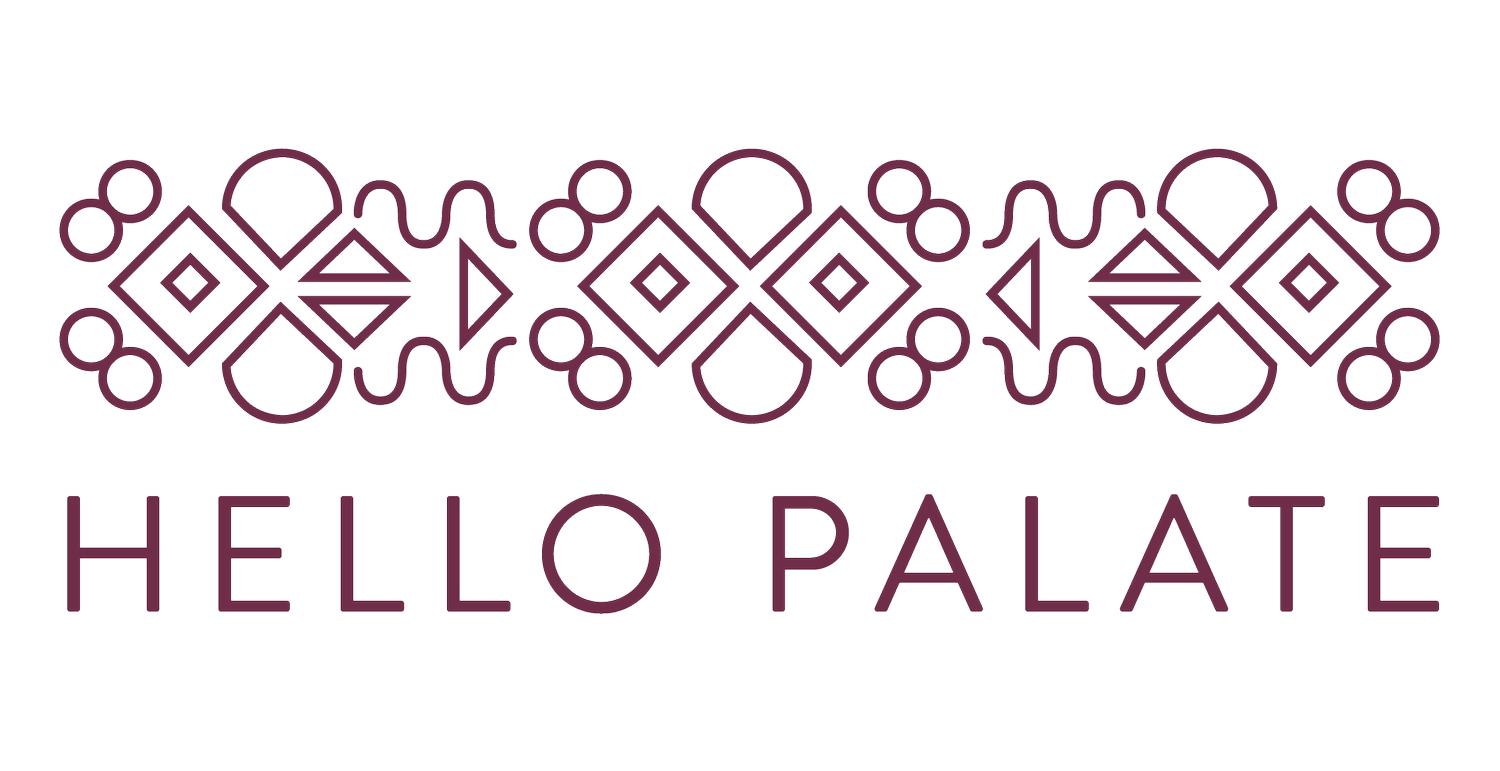Pathways of Detoxification
I hear a lot from friends, clients, and colleagues enthusiastically seeking a whole-body cleanse or a detox program.
Is it evident enough that we bathe, mop our floors, and clean our windows? But is it possible to Spring clean our bodies? Detoxification is the way the body heals and repairs itself. It is an internal cleansing process that takes place continuously and naturally. In our modern world, we are, unfortunately, overburdened with toxins.
At Hello Palate, detox is much more than a juice cleanser or a trendy quick fix. Detoxification begins with a comprehensive evaluation of all aspects of your life.
Let’s examine what detox means, how it works, and who can benefit from a seasonal spring clean detox.
The human body was perfectly designed to handle exposure to internal and external toxins. However, we face constant exposure to air and water pollutants, medication, processed foods, preservatives, pesticides, fertilizers, and heavy metals.
What exactly does it mean to detox?
Our body has a built-in detoxification system composed of organs (skin, lungs, liver, kidneys), each function uniquely to filter and eliminate potentially harmful substances from our body.
What are Toxins?
Endotoxins:
Bacterial endotoxins, end products of metabolism
Exotoxins:
Agricultural chemicals, Drugs (prescriptions), OTC (recreational), Food Additives,
Household chemicals, Microbial, Pollutants/contaminants
When we look into detoxification’s function or pathways, it is a complex and layered process that involves three phases: Phase 1, phase 11, and Phase 111.
The LIVER is an integral component of our body’s detoxification system. Liver detoxification is divided into the first two phases or major pathways that convert toxins from fat-soluble to water-soluble metabolites through a series of reactions. Phase I reduces fat, glucose, carbohydrates, proteins, and toxins absorbed through the digestive tract into intermediary substances. Phase II converts these substances into water-soluble waste products eliminated from the body. (4) Amazing, eh?
Once the liver has done its job, the secondary detoxification organs eliminate waste from the body. Our skin helps eliminate toxins through sweating, while our lungs do the same through respiration. The gastrointestinal tract and kidneys help us eliminate toxins filtered through the liver via bowel movements and urination.
It is easy to get caught up in the wave of what everyone else is doing, from cleanses to generic programs. We all want to feel better, but jumping into a cleanse may not suit you before undergoing a nutritional therapy support program. With a closer look into this complex and layered process, you will understand the necessary nutrients needed to support detoxification pathways before implementing a cleanse.
Research has shown specific nutrients support detoxification
During phase 1, toxins are transformed into intermediate substances through reactions like hydrolysis, oxidation, and reduction, and it takes the following nutrients:
Branched-chain amino acids, flavonoids, folic acid, B vitamins like B2, B6, B12, and glutathione.
As a result of Phase 1, reactive oxygen intermediates and free radicals are formed, and antioxidants are needed to neutralize them.
Minerals and vitamins are essential in our eating habits to obtain bioflavonoids, carotenes, coenzyme Q10, manganese, thiols(found in garlic, onions, cruciferous vegetables, and zinc, to name a few!
During Phase 2, intermediate substances are transformed into water-soluble compounds and excreted from the body. For reactions like methylation, sulfation, and glutathione conjugation, you need the following nutrients: cysteine, glutamine, and glycine, to name a few.
This process is partly done daily, but even the most well-intentioned eating plan can clog the body’s elimination pathways to detox successfully. It is vital to take inventory of our bodies' current state of balance to initiate detox protocols. A healthy digestion system is critical, and this process is more than the physical breakdown of food.
Healthy digestion is essential for scanning for invaders, filtering food and intestinal bacteria, and eliminating toxins and other unusual substances from the body.
We need healthy digested proteins to become amino acids that play imperative roles in functioning specific detox pathways in the liver.
For example, the amino acid methionine is needed to run the sulfating pathway to aid in various elimination of toxins.
Proper function in fat digestion is also crucial, or else it clogs our lymph system and the liver. If digestion isn’t at its optimal function, it can create a traffic jam in our bodies, causing an overburden to people’s systems that can do more harm than good.
When we spring clean our home or garage, we need a strategy to avoid an unnecessary backup of old dusty items. Without one, debris is piled upon each other and clogs up the process. The same is valid for when we initiate a thorough detox plan. First, we need to assess the toxic burden in our bodies and ensure all the necessary tools are available for success.
Do we have a supportive diet of unprocessed foods?
Have we been eating the proper ratios of nutrients in our diet?
What about our blood sugar balance?
Can we enter into a juicing fast without causing any un-do stress?
These are some of the questions we need to address, and we cannot enter a detox phase until we address these foundations and others, including hydration. On another note, our mental well-being needs to be addressed, as detoxing is a parasympathetic state. It is best practice to be mindful of our activity level as we detoxify. This will also support a healthier digestive tract by cohesively connecting the mind and body to cleanse the body.
Symptom Burden Graph
Takeaway Note
The first rule of thumb is to minimize toxins exposure, show up consistently with good eating habits, a balanced lifestyle, and awareness of your diet for the necessary nutrients for an effective strategy to help support detoxification.
Please reach out and consult with HP for recommendations that are appropriate nutritional therapy plans for you.
https://www.ncbi.nlm.nih.gov/pmc/articles/PMC4488002/
https://www.hindawi.com/journals/jnme/2015/760689/

